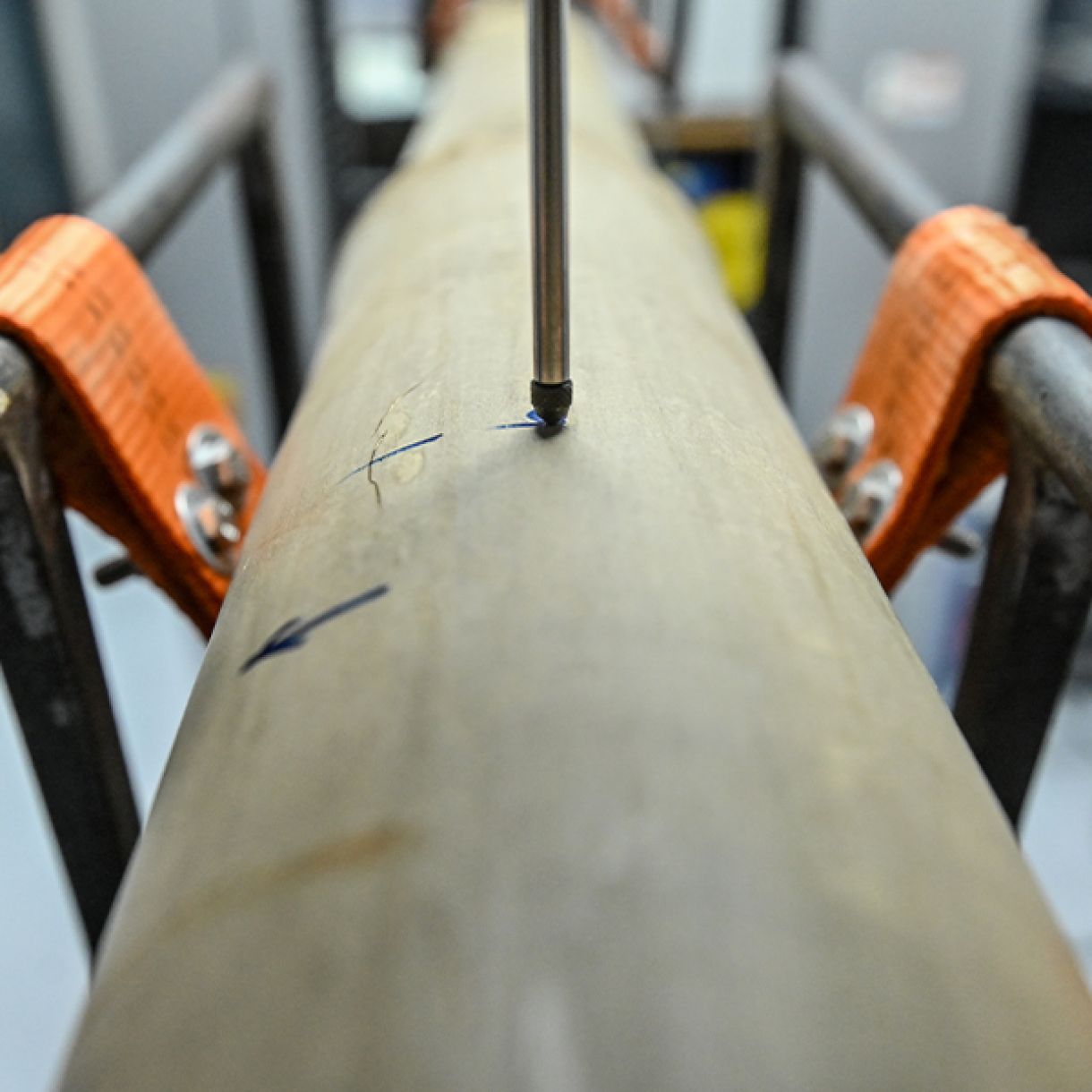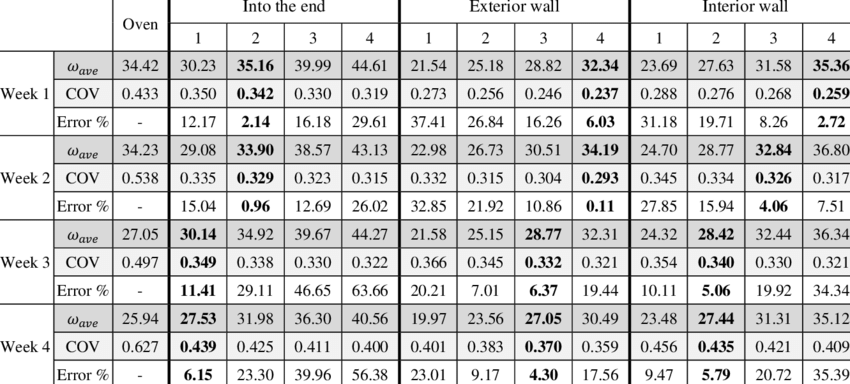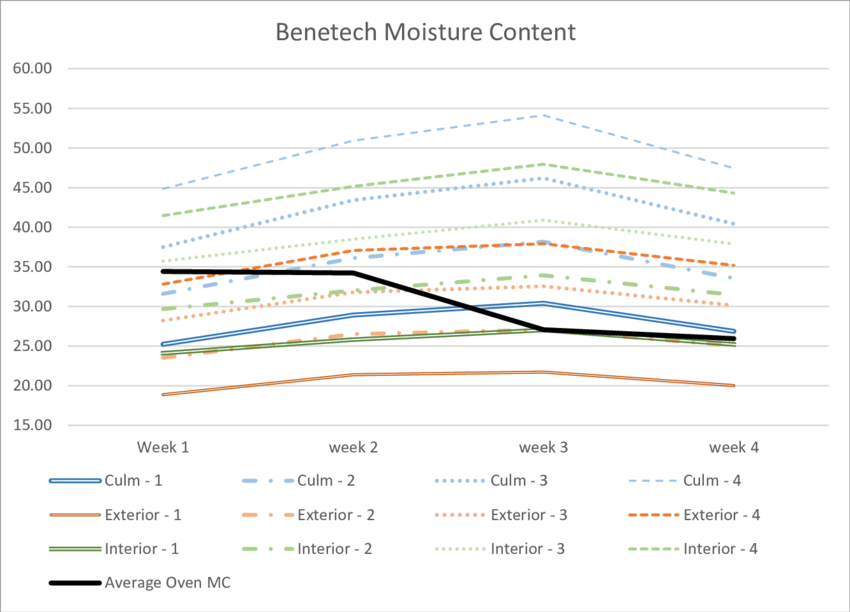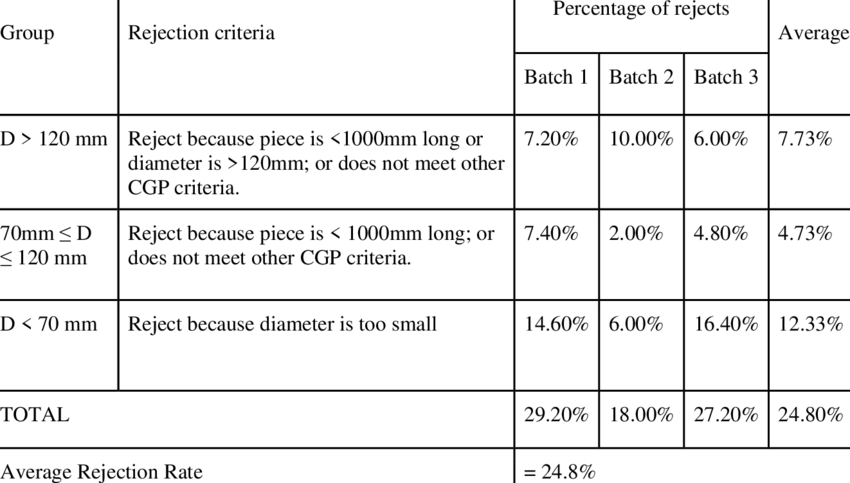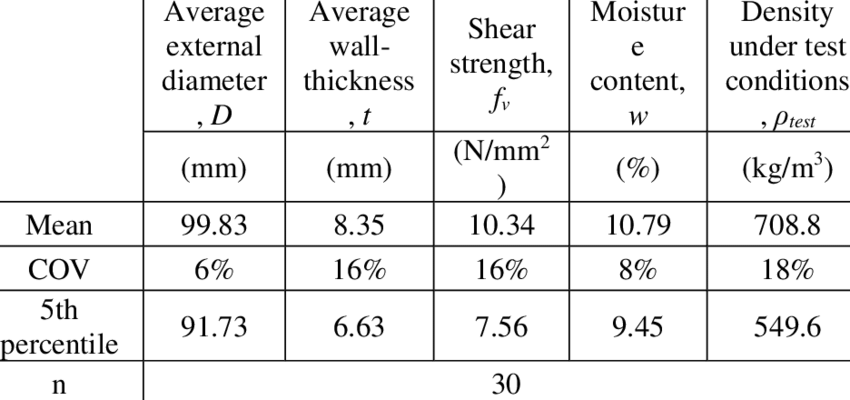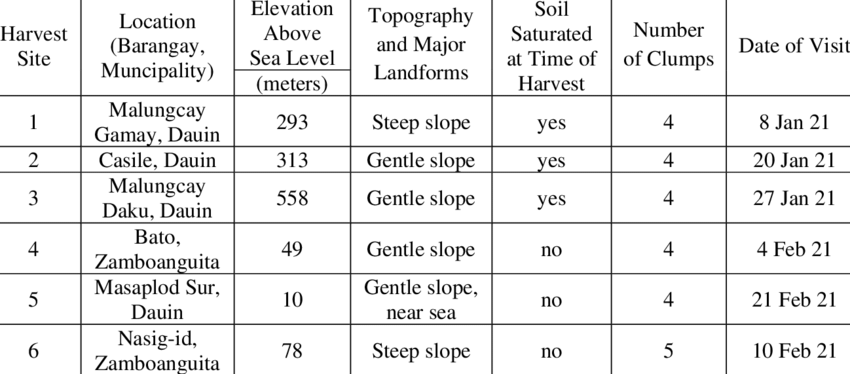Knowledge Gaps and Research Needs in Bamboo Construction
Authors
Kent Harries, University of Pittsburgh
Amir Mofidi
John Naylor, Newcastle University
David J A Trujillo, Coventry University
Luis Felipe López, Base Bahay Foundation Inc.
Mateo Gutierrez
Bhavna Sharma, University of Southern California
Chase Rogers, University of Pittsburgh
Abstract
In November 2021, a symposium was held to identify knowledge gaps, research needs, and priorities in the bamboo community. Participants were asked to complete a post-symposium survey on research gaps, needs, and priorities. Both rank-order and open-ended questions were asked covering the broad areas of i) determination of material properties, testing, and grading; ii) bamboo connection techniques and technology; iii) bamboo durability and fire performance; and, iv) construction using engineered bamboo. This paper reports the survey and its results. The subsequent discussion identifies priorities for future research that can be leveraged to move the use of bamboo in construction forward. INTRODUCTION In November 2021, a symposium-Bamboo in the Urban Environment IV-was held to identify knowledge gaps, and research needs and priorities as perceived by the bamboo community. The symposium attracted 240 unique participants (Table 1) who were asked to complete a post-symposium survey on research gaps, needs, and priorities. 42 responses (18%) were received representing a range of stakeholders from at least 12 countries. Both rank-order and open-ended questions were asked covering the broad areas of i) determination of material properties, testing, and grading; ii) bamboo connection techniques and technology; iii) bamboo durability and fire performance; and, iv) construction using engineered bamboo. This paper reports the survey and its results. The co-authors include the Symposium organizers and facilitators of each session (Table 1). The objective of the symposium and survey was to identify priorities for future research that can best be leveraged to move the use of bamboo in construction into the mainstream.

